Everything you need to know about lactate: your burning questions answered by an exercise physiologist
Far from being an acidic waste product that makes your muscles burn, lactate is actually a vital source of energy. An exercise physiologist debunks the mistruths around the metabolite
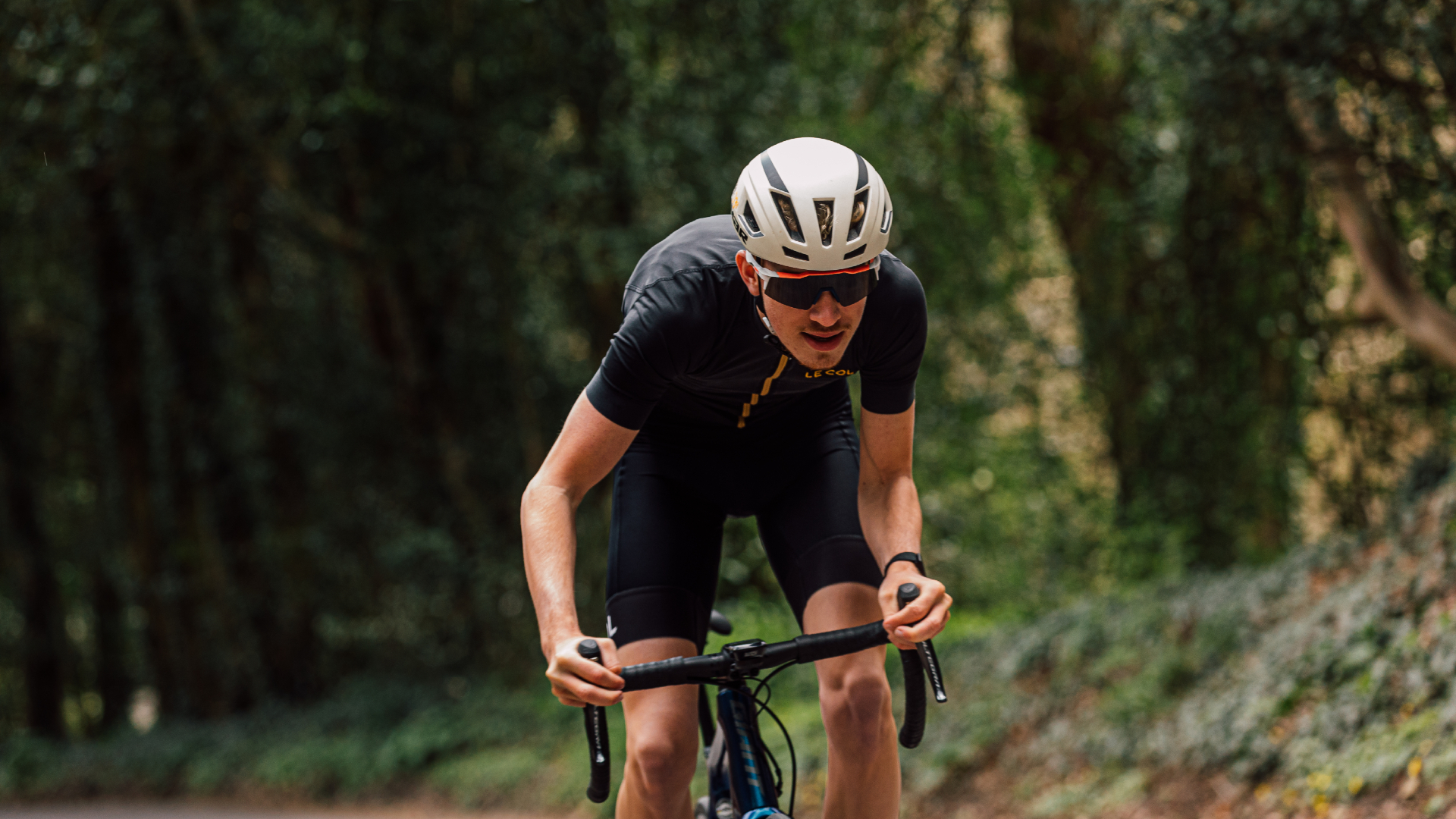
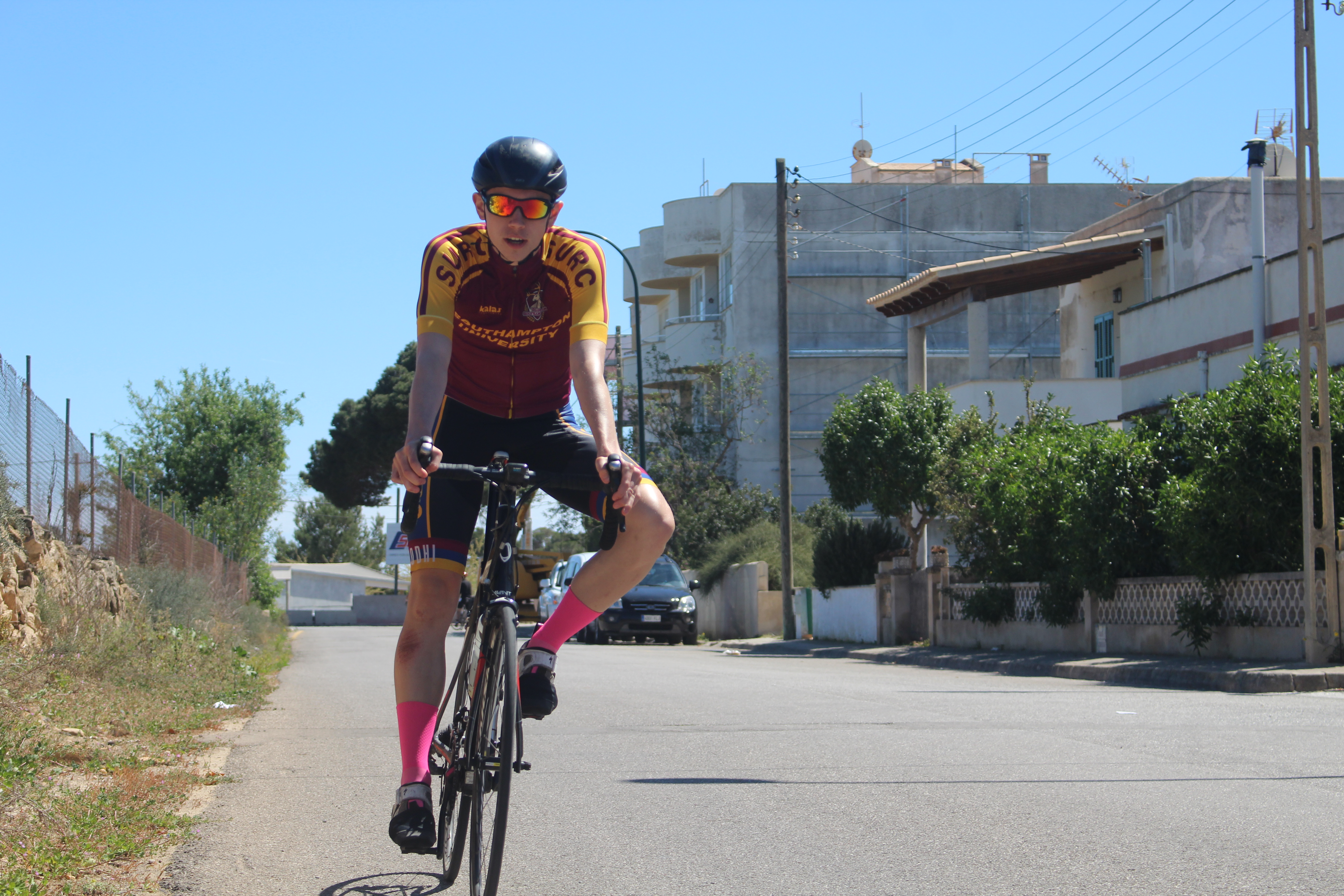
Lactate is a much maligned substance that flows around in our blood during exercise. It forms when the body breaks down carbohydrates, and is commonly – albeit wrongly – blamed for the burning feeling in our legs when cycling at high intensities. In this feature, with the assistance of Dr Richard Ferguson, an exercise physiologist from Loughborough University, we answer the FAQs concerning lactate’s role in cycling fitness – and how understanding it can help us train more intelligently.
Why lactate not ‘lactic acid’ – what’s the difference?
Lactate is lactic acid with one less hydrogen ion. Lactic acid is produced in our cells but almost immediately turns to lactate in the bloodstream because blood has a neutral pH. This is why, in the context of measuring during exercise, it’s more accurate to refer to lactate rather than lactic acid.
What is lactate in cycling?
Lactate is produced during exercise when the body breaks down carbohydrates. It is now known that lactate is not a waste product but an energy source – it can be ‘recycled’ back into pyruvate for energy. Public perception is yet to catch up with the science: lactate is still widely accused of causing fatigue and soreness.
Does lactate cause ‘the burn’ and/ or fatigue?
Though increased fatigue and soreness is associated with high lactate values measured in the blood, this is not a causal link – lactate is not solely to blame. Exactly what causes the burning sensation in fatiguing muscles is unknown.
Dr Richard Ferguson told us: “Lactate used to be considered a waste product of metabolism and a major player in the fatigue process during high-intensity exercise. However, this is no longer the case. Indeed, lactate is now seen to be a critical metabolite that has an important role as a fuel source, even playing a part in the cell signalling and adaptive process, and critically, has no role in fatigue.”
So lactate is not causing the burning feeling in your legs – but that doesn’t stop WorldTour pros. Even in this year’s Tour de France, Wout van Aert commented in post-stage interviews that he could “feel the lactate in the legs”. In fact, this feeling is not caused by lactate.
If lactate doesn’t cause fatigue, why is it still valued as a marker of exercise intensity?
Lactate values, measured at various intensities, indicate the metabolic stress your body is under – even if lactate is not the cause of the fatigue. At altitude, lactate values will be higher than at the same power at sea level. The ability of a lactate measurement to reflect ‘stress’ in a different way to power, heart rate and perceived effort is the reason for its usefulness. Lactate gauges the metabolic stress of the exercise being undertaken and therefore also the metabolic efficiency of the athlete.

Is lactate produced only at high intensities?
No, though it was previously believed that far more lactate was produced during ‘anaerobic’ (without oxygen) processes. Dr Ferguson explained: “Lactate production occurs continuously under fully aerobic [low-intensity] conditions, and not as traditionally thought only under anaerobic conditions. Indeed, skeletal muscle is never really anaerobic, even during the most strenuous exercise.”
As an amateur cyclist, do I need to measure my lactate levels?
Lactate can be measured with a small hand-held device, such as the Lactate Plus, which uses a pin prick of blood and a paper strip. Establishing your personal lactate curve is a great way to set training zones. Power is increased and lactate measured every four to 10 minutes. Blood lactate values (in mmol/L) are plotted against power and heart rate to create the curve. Sport scientists regard measuring lactate during a ramp test as the ‘gold standard’ for setting cycling training zones.
Once you have three data points (power, heart rate and lactate), you have a much fuller metabolic picture, compared to using power and heart rate only. As amateurs, we don’t really need to train with lactate, but it does help us control intensity more precisely.
OK, so lactate is a fuel source, not a waste product – but how do we know this?
The Cori cycle, also known as the lactic acid cycle, is a staple for biology students. Muscles break down glucose via glycolysis into ATP and pyruvate. The ATP is used for energy, and the pyruvate is turned into lactate.
Dr Ferguson explained: “Most of the lactate produced, 75- 80 per cent, is readily transported out of muscle cells and shuttled to adjacent muscle cells or around the body via the bloodstream. This circulating lactate is taken up by other muscles and organs, where it is converted back to pyruvate and used for aerobic energy production. Lactate that makes it to the liver undergoes a process called gluconeogenesis, where it is turned into glucose.”
Why is lactate such an important biomarker for athletes?
We know that lactate doesn’t cause fatigue or pain, but it remains a very important biomarker. An athlete’s lactate curve is a good proxy for mitochondrial function and density without doing further, more invasive, testing. With a simple pin prick blood test, we’re able to ascertain how quickly we’re metabolising glycogen. If pyruvate is not being transported to the mitochondria quickly enough, blood lactate accumulates. As an athlete develops their aerobic ability, their mitochondrial density increases and so lactate can be processed more quickly. This means more energy over any given period of time.
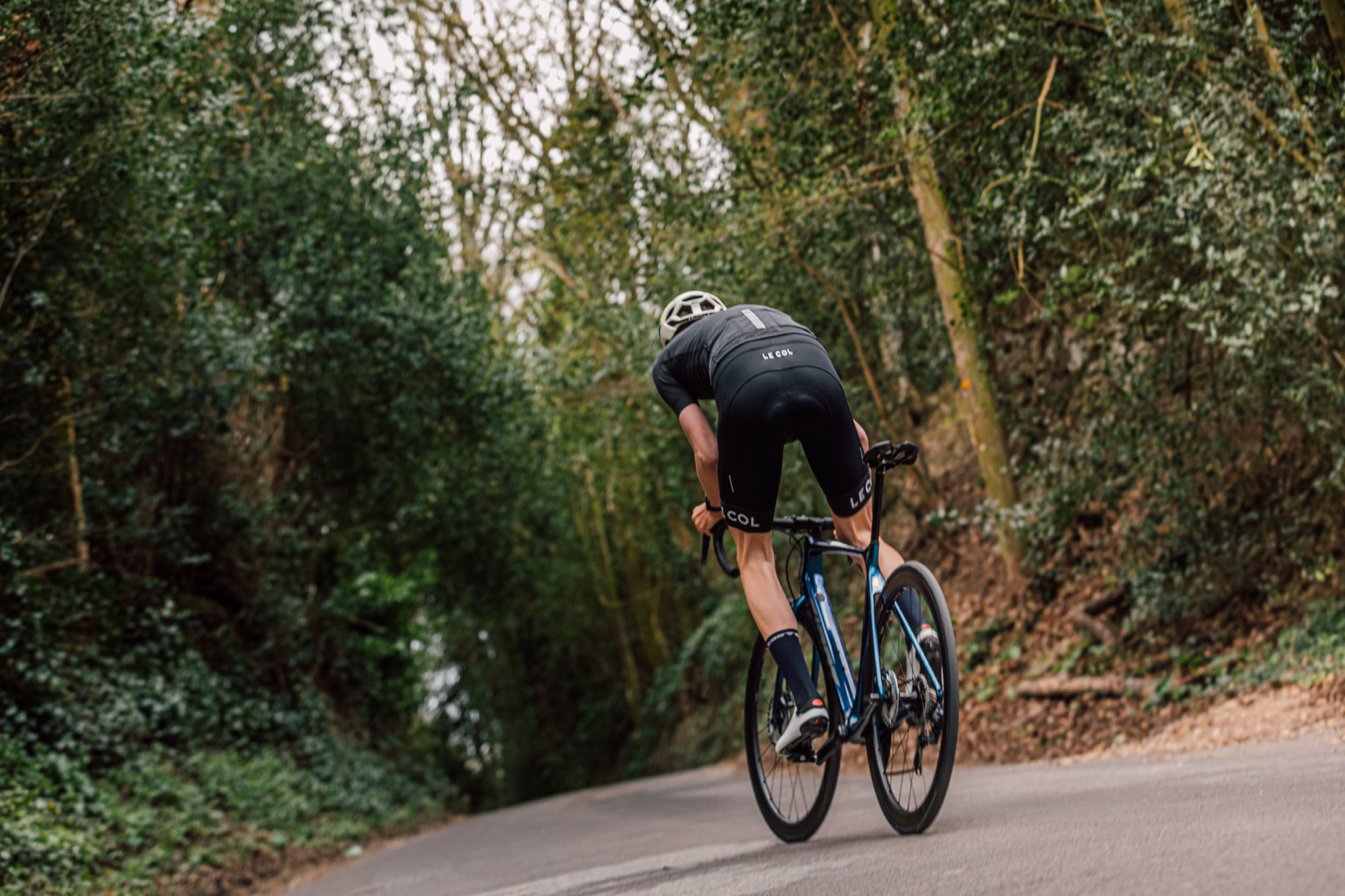
Why are there two different lactate thresholds?
The two key lactate thresholds are commonly called LT1 and LT2. The first threshold, LT1, is the top of Zone 2 (in the five-zone model). It’s defined as, “the lowest intensity at which there is a sustained increase in blood lactate concentration above resting values.” A male professional cyclist weighing around 70kg is typically able to sustain around 300W at LT1 and can churn out this intensity for upwards of three hours. LT2 is reached at the top of Zone 4 and is often referred to as the lactate turnpoint. This is the point beyond which lactate accumulates rapidly. It roughly corresponds to FTP intensity. LT1 is often referred to as ‘aerobic’ and LT2 as ‘anaerobic’, which is a hangover from earlier, more rudimentary understanding.
How to use lactate data to improve my training?
Your personal lactate curve should inform your training, allowing you to focus on specific points on the lactate curve to raise your thresholds. The intensity at which you train determines how the shape of the lactate curve develops. The aim is to produce more power for a given lactate value, to put off the tipping point where lactate begins to accumulate rapidly. By raising your thresholds, you can push more watts while paying less of a metabolic cost. This means a lower impact of punching over climbs, sprinting out of corners or being able to ride at higher power for sustained periods.
OK, I want to get my lactate levels tested – what now?
Testing the lactate curve used to be the preserve of professional cyclists, but as more and more sports science labs have begun offering lactate tests, the price has come down. At Southampton Solent University, for example, a lactate test costs around £150. The whole process takes about two hours. Alternatively, you could attempt the DIY option by buying a lactate meter, available from a number of pharmaceutical companies online, and testing yourself – provided you have a smart trainer and a friend to assist.
How does training at lower intensities improve lactate processing efficiency?
Across the board, endurance sports scientists agree that consistently accumulating lots of low-intensity hours – plus a sprinkling of quality sessions during key periods – is the most effective formula. Specifying the exact combination of sessions for optimum results is much more difficult. Many athletes take too shortterm an approach; endurance fitness continues to grow over many years. Even if you have a limited amount of time available, you should still do a large proportion of your riding at lower intensities. This is because, at low intensities, we increase mitochondrial density. As we now know, mitochondria are the cellular ‘energy factories’ that turn glucose into energy. More mitochondria equals higher sustained power.
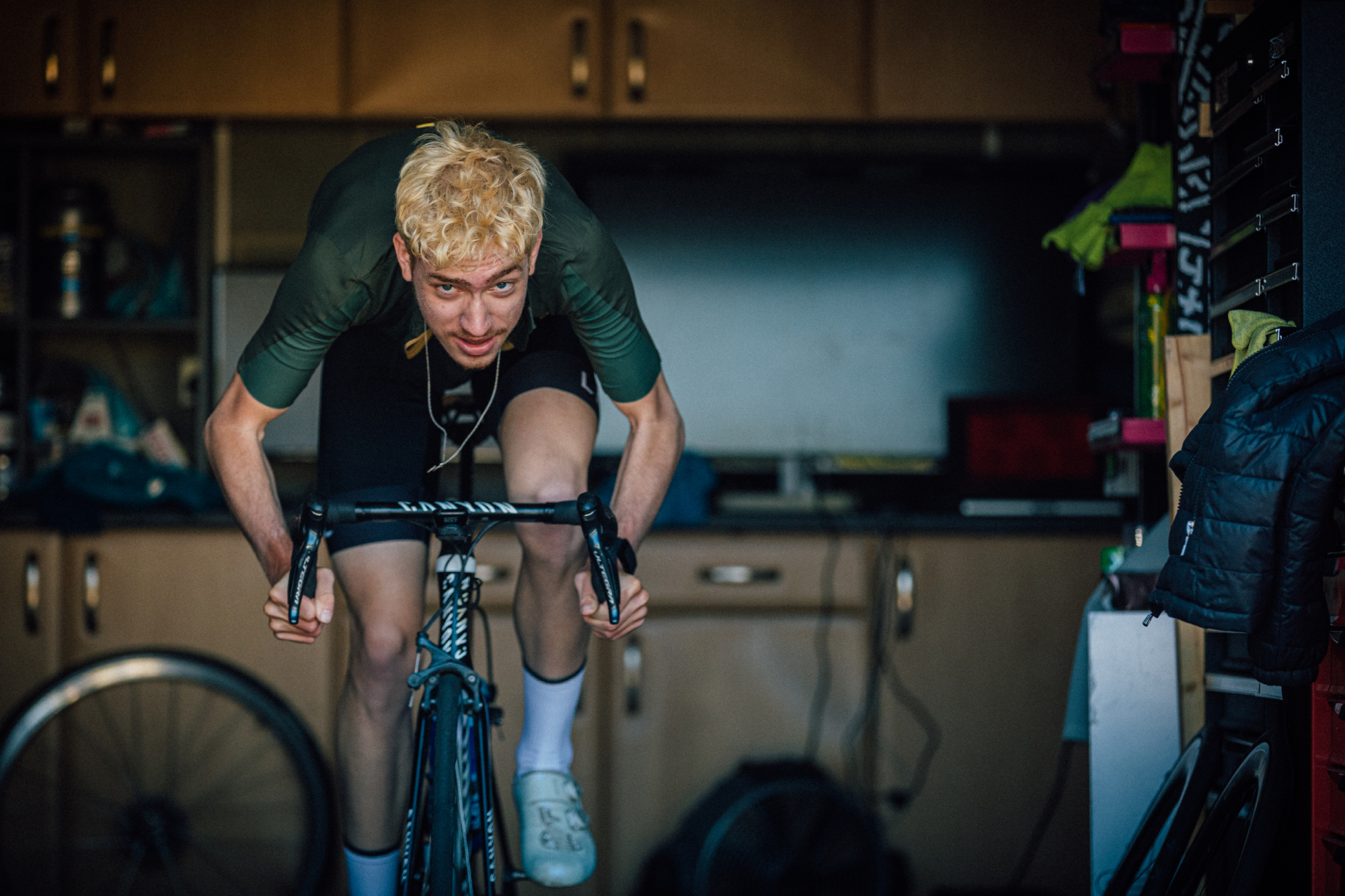
How often do I need to retest my lactate thresholds?
It depends. If you’re training heavily with lactate as a guide, you might want to check your thresholds every six to eight weeks as part of your cycling training plan. If you just want to see how your fitness has changed during the course of a larger training cycle, two to four tests a year is sufficient.
How do I structure my interval training to raise my lactate thresholds?
Conventional wisdom suggests using lower-intensity, longer intervals, further out from your first race. As your racing season comes around, use higher-intensity intervals (HIIT workouts). Typically this means doing lots of riding at around LT1 in the base phase, then shifting the focus to 95-105 per cent of LT2 as the season approaches. If you’re training for 10 hours a week, no more than two hours in total per week should be ridden at above LT1.
Lactate buffer supplements - do they work?
Among the supplements for cyclists are lactate buffers, most of which contain relatively large amounts of sodium bicarbonate, which is alkaline – the idea being that it neutralises acidity levels in muscles. Does it stack up? A 2020 study in the Human Kinetics Journal tested the effect of topical (Amp Human PR lotion) sodium bicarbonate on exercise performance, and found no improvement. In fact, no published studies have shown any meaningful effect from this type of product.
How long till we get real-time lactate monitoring on our head units?
The technology for wearable lactate sensors already exists. Wearables that can measure blood biomarkers in non-invasive ways – patches and watchlike devices – will be available in the coming years. Pin-prick blood lactate testing will soon be a thing of the past, and lactate monitoring will be another string to the bow of the best smartwatches for cycling - but just for now, we'll have to wait.
This full version of this article was published in the print edition of Cycling Weekly. Subscribe online and get the magazine delivered direct to your door every week.
Get The Leadout Newsletter
The latest race content, interviews, features, reviews and expert buying guides, direct to your inbox!

Thank you for reading 20 articles this month* Join now for unlimited access
Enjoy your first month for just £1 / $1 / €1
*Read 5 free articles per month without a subscription

Join now for unlimited access
Try first month for just £1 / $1 / €1

Tom Epton is a freelance writer and data scientist. Originally training as a scientist after completing his studies in physics he realised that cycling was what he wanted to spend his life thinking about. Now he works with manufacturers, athletes and teams using cutting edge data science methods to find performance gains. Tom writes primarily about sport-science and tech!
-
 'I'll take a top 10, that's alright in the end' - Fred Wright finishes best of British at Paris-Roubaix
'I'll take a top 10, that's alright in the end' - Fred Wright finishes best of British at Paris-RoubaixBahrain-Victorious rider came back from a mechanical on the Arenberg to place ninth
By Adam Becket Published
-
 'This is the furthest ride I've actually ever done' - Matthew Brennan lights up Paris-Roubaix at 19 years old
'This is the furthest ride I've actually ever done' - Matthew Brennan lights up Paris-Roubaix at 19 years oldThe day's youngest rider reflects on 'killer' Monument debut
By Tom Davidson Published
-
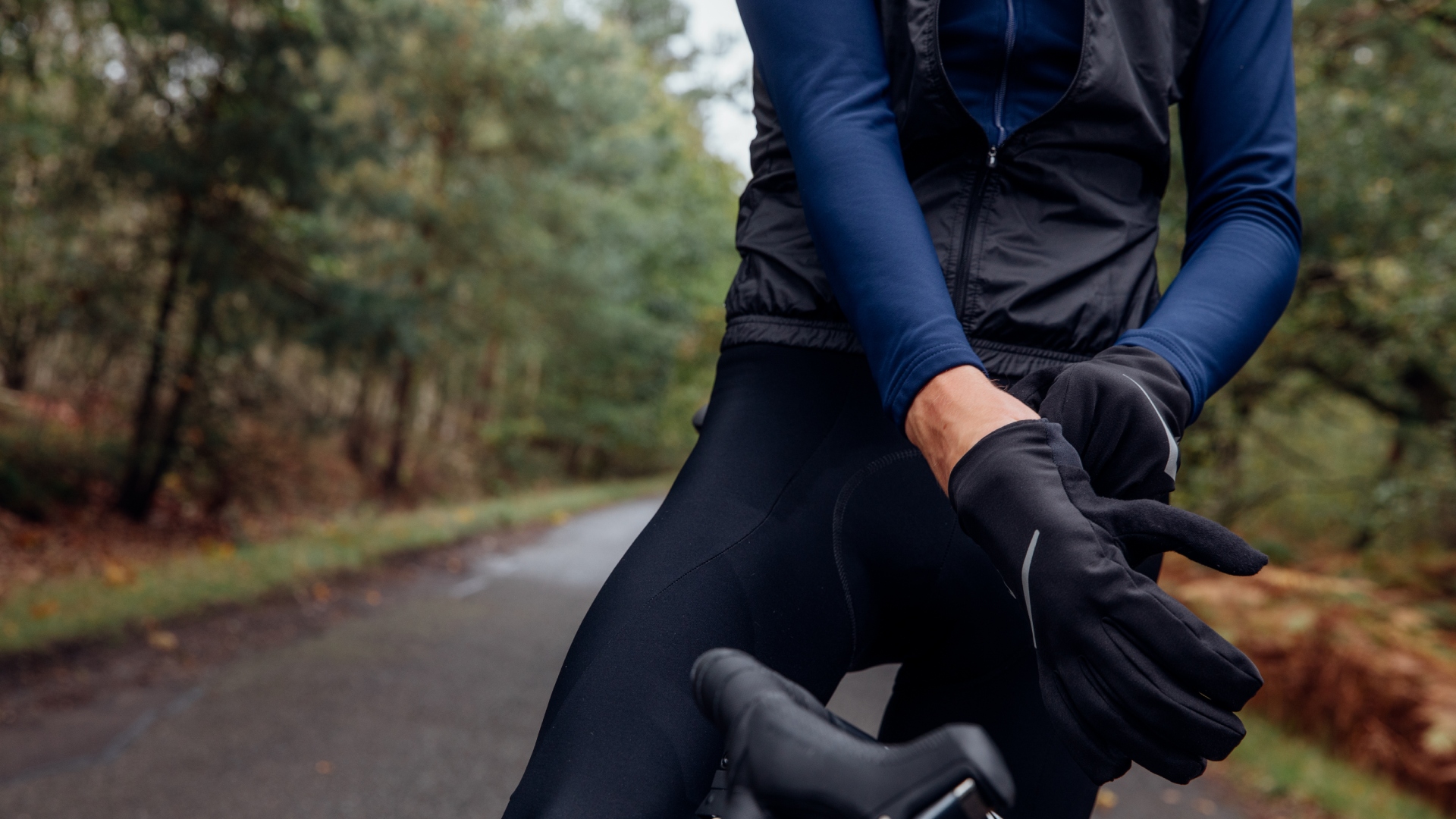 Riding with Raynaud’s: How to beat cold hands and feet over winter
Riding with Raynaud’s: How to beat cold hands and feet over winterSymptoms of Raynaud's syndrome extend far beyond simply having chilly hands and feet, our experts guide you through the how-to on making winter riding bearable despite the disease
By Lexie Williamson Published
-
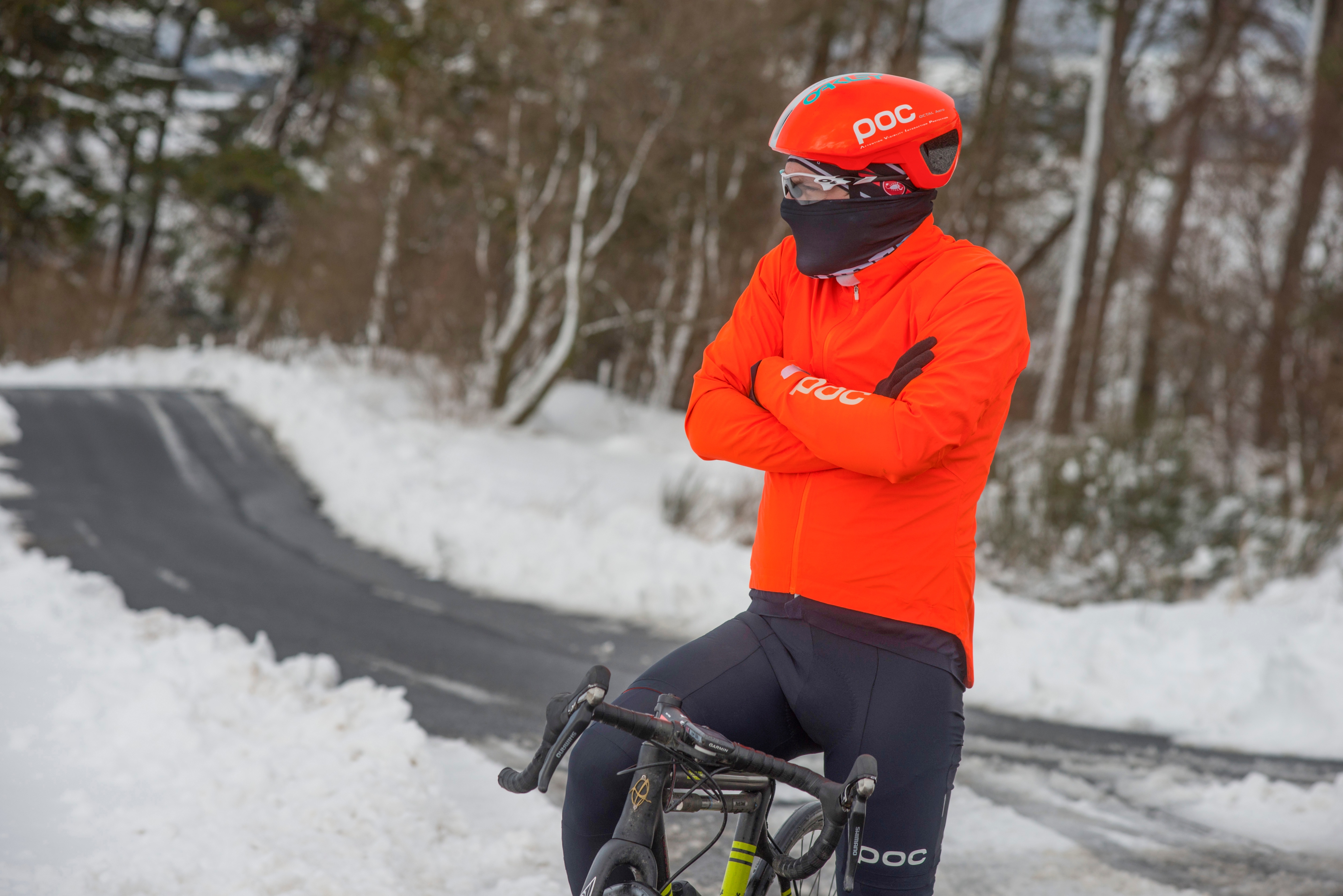 Does riding in the cold always have to slow you down?
Does riding in the cold always have to slow you down?Recent research reveals that starting a ride cold can decimate endurance. James Witts examines how rolling out toasty boosts staying power
By James Witts Published
-
 Forget 'new year, new me': 31 realistic, bitesized new habits for 2025
Forget 'new year, new me': 31 realistic, bitesized new habits for 2025Small adjustments to your daily routine can have a big impact on your cycling fitness. Lexie Williamson lists 31 good habits, one for each day of January
By Lexie Williamson Published
-
 'My riding companion proceeded to fragment into countless tiny particles and dissolve into the night sky — I was hallucinating': Inside a 500km ultra ride
'My riding companion proceeded to fragment into countless tiny particles and dissolve into the night sky — I was hallucinating': Inside a 500km ultra rideKeen to test the limits of his well-matured endurance, Steve Shrubsall hurls himself headlong into a 500km ultra-endurance adventure across England's North and South Downs
By Stephen Shrubsall Published
-
 Hot weather cycling: 6 tips to help you keep your cool
Hot weather cycling: 6 tips to help you keep your coolA spell of hot weather needn't stop you enjoying your riding, as long as you take some precautions to prevent over-heating and dehydration
By Anna Marie Abram Published
-
 21 ways to get your season off to a flying start
21 ways to get your season off to a flying startMotivation is key: achievable, aspirational goals with clear checkpoints is a great place to start. Structured training, bike servicing and joining a club will all help set you on the right trajectory, too
By Charlie Allenby Published
-
 Eight-step guide to crafting your achievable goal this year, according to a cycling coach
Eight-step guide to crafting your achievable goal this year, according to a cycling coachHow to come up with a target you can hit - plus some pointers on how to stay on track
By Chris Marshall-Bell Published
-
 Why is everyone talking about Zone 2 training? Tadej Pogačar, or rather his coach, is responsible - here’s why
Why is everyone talking about Zone 2 training? Tadej Pogačar, or rather his coach, is responsible - here’s whyThe cacophony of praise for Zone 2 training of late left Chris Sidwells scratching his head. So he decided to find out what all the fuss was about
By Chris Sidwells Published